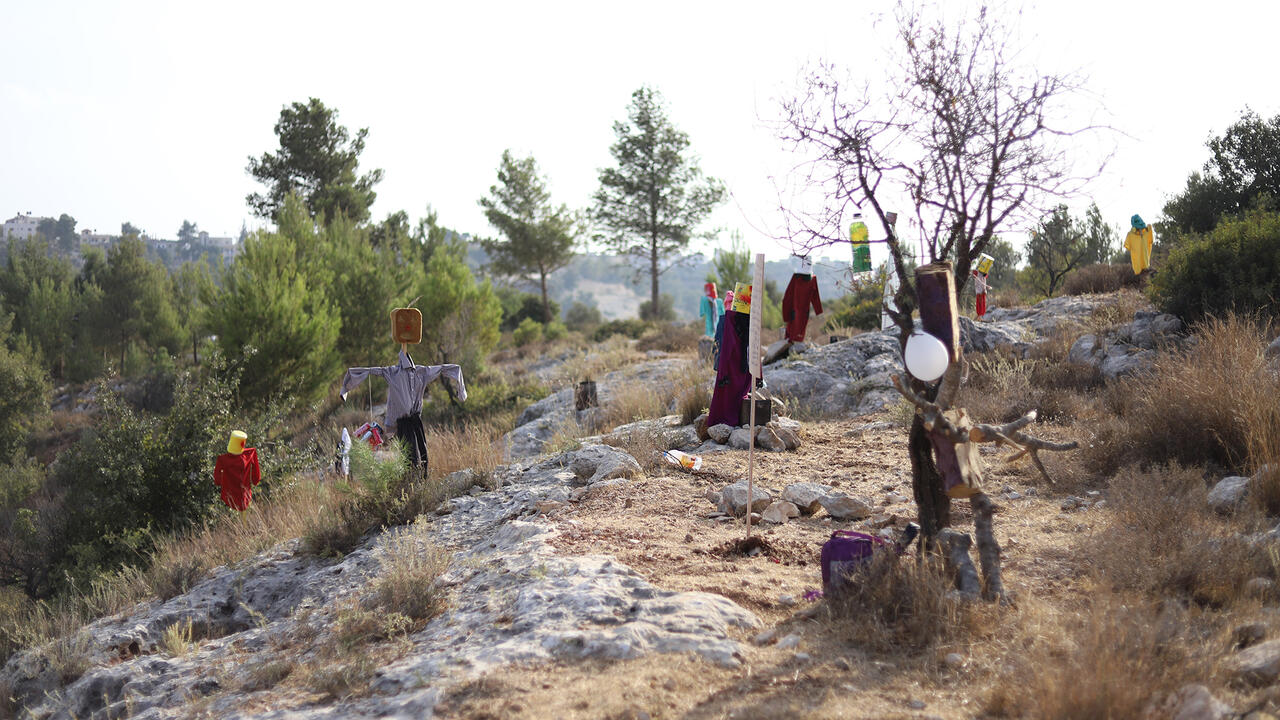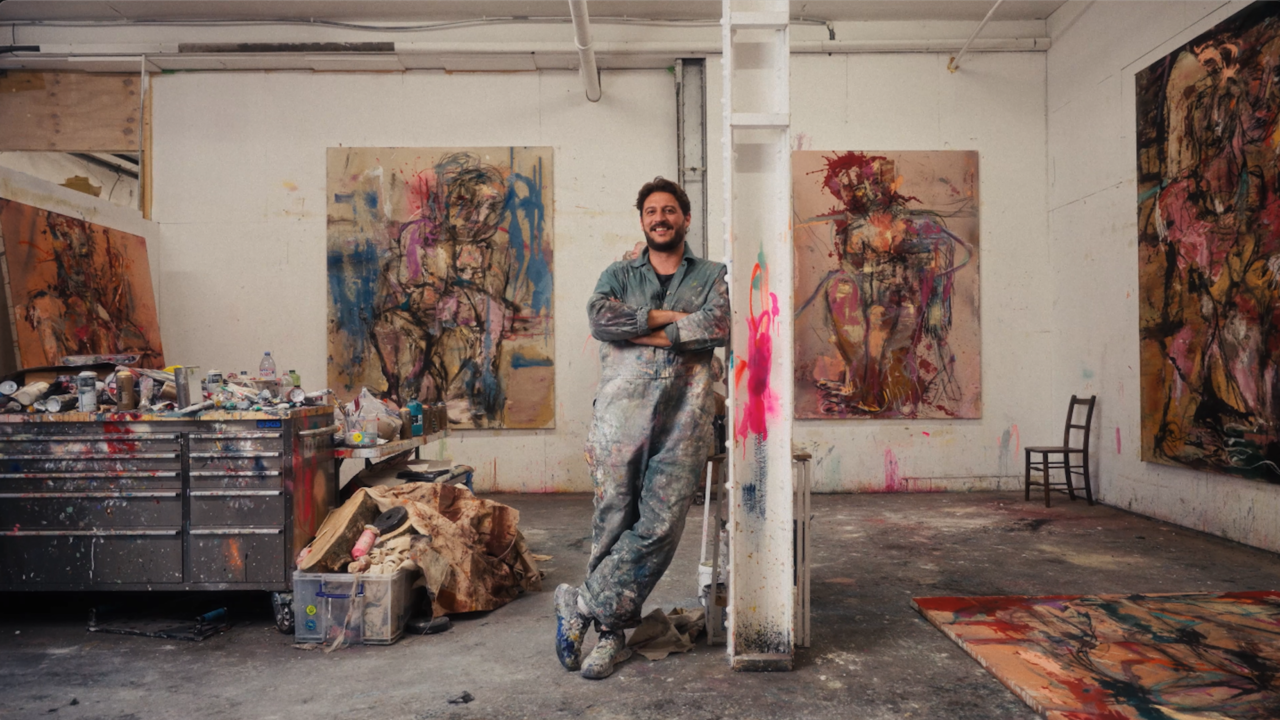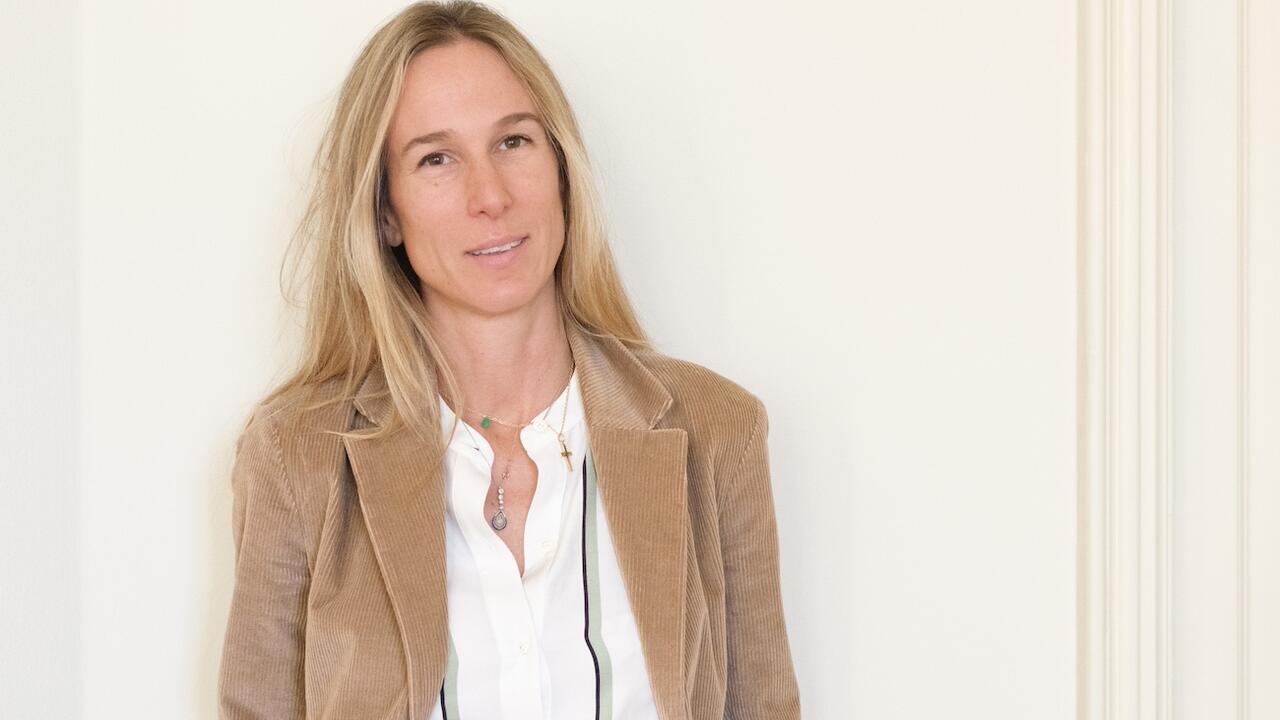Questionnaire: Elena Ferrante
Q: What should stay the same? A: The desire to tell stories
Q: What should stay the same? A: The desire to tell stories

What images keep you company in the space where you work?
A reproduction of a Henri Matisse painting (an open window, a woman reading at a table with a child); a print by the illustrator Mara Cerri; a small, round pebble that perfectly recalls an owl; an early-19th-century painted fan folded up in an antique case; a bottle top of faded red metal that I picked up off the street when I was 12 years old and that I have managed to keep hold of my whole life.
What was the first piece of art that really mattered to you?
Certainly, as a young adolescent, I was overwhelmed by Caravaggio’s The Seven Acts of Mercy (1606–07): my veneration for this artist started then and continues to this day. But the first piece of art that really mattered to me – I say this only half in jest – was the shape of a watch my childhood friend would imprint on my wrist by biting it. It was a game. Her teeth left a circle on my skin that I pretended to peer at and tell the time until the circle faded away. Except, I didn’t pretend: I really thought it was a beautiful watch.
If you could live with only one piece of art what would it be?
I don’t know. It is difficult to give a single answer that holds true. Maybe I’d choose the folder where I keep all the versions of The Annunciation I’ve been able to find. That’s it: a single object, rather than a single work of art. Ever since I was a young woman I have been interested in the way in which the moment Mary is forced to put aside the book she’s reading has been imagined. When she opens it again, it will be her son who tells her how to read.
What is your favourite title of an art work?
Untitled. I’d like to use it as a book title; I don’t know if it’s been done already. I also love The Artist Is Present (2010). I admire the reversal that Marina Abramović imposed on a formula that I once detested. The artist is present, but as body/work.
What do you wish you knew?
Maths, physics, astronomy – to understand the stage we are at in the universe and if we will be able to clarify our ideas before the human race is extinguished.
What should change?
The amount of time I’ve dedicated to writing. I could have done with more.
What could you imagine doing if you didn’t do what you do?
Being a tailor.
What music are you listening to? I know an inordinate number of songs but I don’t have a proper musical education. At times, books have prompted me to listen to great music: for example, after reading Leo Tolstoy’s The Kreutzer Sonata (1889), I went on a Beethoven binge. Similarly, having recently read the letters that Arnold Schoenberg and Thomas Mann exchanged about the latter’s Doctor Faustus (1947), I have gone on to listen maniacally to anything by Schoenberg I can find. But it’s an effort that requires willpower; I remain musically underprepared.
What are you reading?
Stasis: Civil War as a Political Paradigm (2015) by Giorgio Agamben. The book is based on two seminars led by the Italian philosopher at Princeton University in 2001. In the second, Agamben works on the very famous etching on the frontispiece of Thomas Hobbes’s Leviathan (1651). I have always been fascinated by those who use images to make history, philosophy, literature. I have just finished reading Triptych: Three Studies After Francis Bacon (2013) by Jonathan Littell.
What do you like the look of?
I belong to the ranks of those who feel attracted to anything that is enclosed within a frame. Also because it helps me to imagine what has been left out.
Translated by Daniela Petracco
























